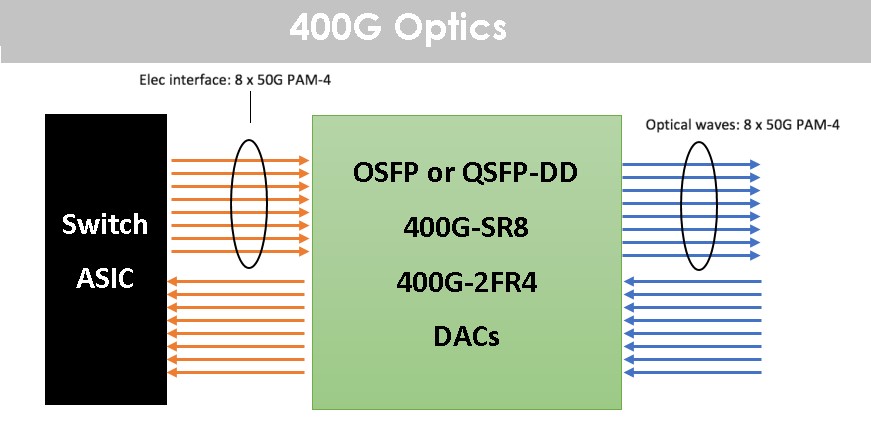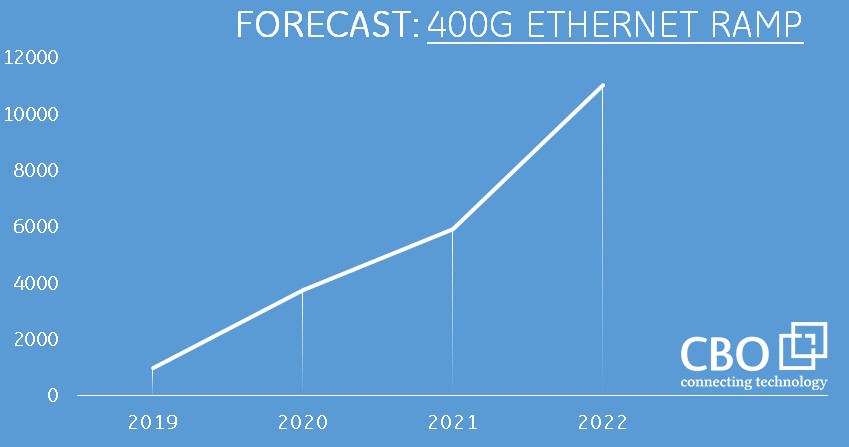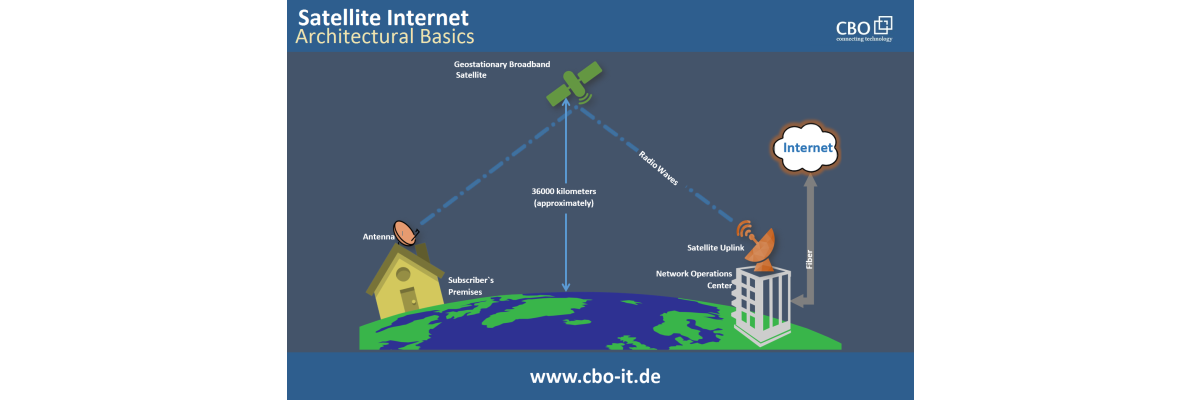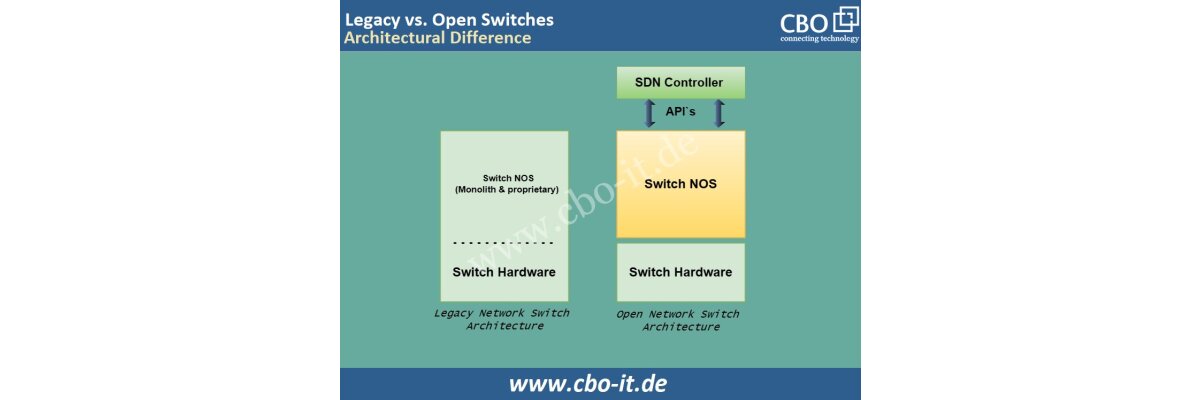400G Ethernet is a trending topic these days as it is widely considered to be the future speed for data centers. In fact, cloud providers, corporate entities, and others who need extremely high bandwidth connectivity have already started or are planning to migrate on 400G Ethernet networks.
Let us talk more about this technology, its benefits, and the hardware solutions available!

What is 400G Ethernet?
On December 6, 2017, the IEEE-SA Standards Board approved IEEE Standard 802.3bs. This resulted in the official launch of 400 Gigabit Ethernet. In theoretical terms, it is the advancement from 100G Ethernet and can operate four times faster than 100G. Not only is this, but it also offers a denser configuration and a better economy of scale. Unlike 100G transceiver modules, the 400G transceivers come with 8 channels and utilize PAM4 encoding to accomplish 50Gbps per channel.
In the current scenario, 100G Ethernet is visibly the preferred choice of data center operators, and its deployment numbers are growing at a steady pace. However, several industry watchdogs are predicting a steep growth in 400G Ethernet deployment. Please review the following graph!

Benefits of the 400G Technology
400G technology allows high-performance computing environments and data centers to address rapidly escalating bandwidth needs at lower power and cost per gigabit. Its key benefits include:
- 4X increase in switching bandwidth per RU.
- A higher density of 100G ports can be achieved though copper or optical breakouts.
- When compared to 100G platforms, a net reduction in the number of connectors, optical fiber links, and patch panels can be achieved by a factor of 4
- Reduction in opex and capex that can enable 2-4X lower power/cost per bit
- Forward compatibility with upcoming 800G technology and 100G SERDES ecosystem
- A broad range of optics for both multimode and single-mode fiber deployments available
- Seamless migration from 100G to 400G possible utilizing already existing fiber infrastructure
Available 400G Transceiver Form Factors– An Overview
We know that the SFP28 form factor modules are for 25G Ethernet and QSFP28 modules are for 100G Ethernet. Similarly, some specifically designed transceiver modules are now available for 400G Ethernet in various form factors including:
400G CFP8 Form Factor
CFP8 is a first-generation, new optical transceiver form factor designed for 400G Ethernet applications. It comes with large physical size. Hence, you can achieve the least port density in this form factor. 400G CFP8 supports 400GBASE-LR8, 400GBASE-FR8 and 400GBASE-SR16. It offers up to 10km of maximum transmission length. CFP8 can operate in either 8 x 50 Gb/s and 16 x 25 Gb/s mode.
400G OSFP Form Factor
OSFP (octal small form-factor pluggable) is a new type of pluggable form factor. OSFP Transceiver is designed to operate in 8-lane configuration where each lane supports up to 50Gbps. The physical characteristics of 400G OSFP make it incompatible to existing QSFP56, QSFP+, and QSFP28 transceivers. However, backward compatibility with QSFP+ form-factor is possible with the help of an OSFP to QSFP+ adapter.
400G QSFP-DD Form Factor
400G QSFP-DD (Quad Small Form Factor Pluggable Double Density) transceiver is an extended version of the QSFP. Contrary to the four-lane electrical interface of its predecessor, the 400G QSFP-DD comes with an eight-lane electrical interface. This form factor supports transmission at 50 Gbps per lane via PAM4 modulation and 25 Gbps via NRZ modulation. Thus, data center operators can consider this form factor for either 00 Gbps or 400 Gbps applications. With 400G QSFP-DD transceivers up to 14.4 Tbps total bandwidth is possible in 1 x switch slot. Systems constructed with QSFP-DD transceivers will be backward compatible.
Available 400G Transceiver Modules
CBO - a leading manufacturer of networking products if offering a complete range of high precision 400G transceiver modules in various form factors. Following, you can find a list of 400G transceiver modules that are available on order from CBO:
OSFP Transceivers
The 400G OSFP transceiver modules are low-power, high-density, and hot-pluggable, designed for use in 400G Ethernet application. These modules are manufactured according to the guidelines defined by OSFP MSA. Thus, it is fully compatible with more than 150 manufacturers.
OSFP is a form factor that supports a maximum link distance of up to 10 KM and can work with:
- Routers
- Firewalls
- Switches
- Load Balancer
- (Etc.)
The following list includes some of our best-selling 400G OSFP transceivers.
1. Model: BlueOptics© BO30X854S1D- Medium: multi-mode
- Connector: MPO-16/MTP-16
- Application: 400GBASE-SR8
- Reach: 100 Meter
- Wavelength-TX: 850nm
- Wavelength-RX 850nm
2. Model: BlueOptics BO30XIC610D
- Medium: single-mode
- Connector: LC Duplex
- Application: 400GBASE-LR4
- Reach: 10 Kilometer
- Wavelength-TX: CWDM
- Wavelength-RX CWDM
3. Model: BlueOptics BO30X139S5D
- Medium: single-mode
- Connector: MPO/MTP
- Application: 400GBASE-DR4
- Reach: 500 Meter
- Wavelength-TX: 1310nm
- Wavelength-RX 1310nm
4. Model: BlueOptics BO30X13902D
- Medium: single-mode
- Connector: MPO/MTP - Application: 400GBASE-DR4+
- Reach: 2 kilometers
- Wavelength-TX: 1310nm
- Wavelength-RX 1310nm
5. Model: BlueOptics BO30XIC602D
- Medium: single-mode
- Connector: LC Duplex
- Application: 400GBASE-FR4
- Reach: 2 kilometers
- Wavelength-TX: CWDM
- Wavelength-RX CWDM
6. Model: BlueOptics BO30XIC602D
- Medium: single-mode
- Connector: LC Duplex
- Application: 400GBASE-FR8
- Reach: 2 kilometers
- Wavelength-TX: CWDM
- Wavelength-RX CWDM
QSFP-DD Transceivers
A 400G QSFP-DD Transceiver comes with an integrated transmitter and receiver for the transmission of optical signals. These transceivers come with an electronic-to-optical converter that is used for the translation of electrical signals to light. For data transmission, lasers or LEDs are used. For reception of signals, an APD detector or a PIN is employed. Both the transmitter and the receiver incorporated in these type of transceivers operate at an identical wavelength.
QSFP-DD Transceivers can be considered in a variety of application including but not limited to:
- Ethernet
- SDH / SONET
- Fiber Channel
- InfiniBand
- CPRI/OBSAI
On single-mode optical fiber, reach distance of up to 80 kilometers are possible with QSFP-DD Duplex/MPO-MTP/CS. However, CBO is offering custom-tailored solutions for clients looking for longer reaches. Following is a list of our most popular QSFP-DD transceiver modules:
1. Model: BlueOptics BO29XIC602D
- Medium: single-mode
- Connector: LC Duplex
- Application: 400GBASE-FR4
- Reach: 2 Kilometer
- Wavelength-TX: CWDM
- Wavelength-RX CWDM
2. Model: BlueOptics BO29W859S1D
- Medium: Multi-mode
- Connector: MPO-16/MTP-16
- Application: 400GBASE-SR8
- Reach: 100 Meter
- Wavelength-TX: 850nm
- Wavelength-RX 850nm
3. Model: BlueOptics BO29XIC610D
- Medium: single-mode
- Connector: LC Duplex
- Application: 400GBASE-LR4
- Reach: 10 Kilometer
- Wavelength-TX: CWDM
- Wavelength-RX CWDM
4. Model: BlueOptics BO29X139S5D
- Medium: single-mode
- Connector: MPO/MTP
- Application: 400GBASE-DR4
- Reach: 500 Meter
- Wavelength-TX: 1310nm
- Wavelength-RX 1310nm
5. Model: BlueOptics BO29X13902D
- Medium: single-mode
- Connector: MPO/MTP
- Application: 400GBASE-DR4+
- Reach: 2 Kilometer
- Wavelength-TX: 1310nm
- Wavelength-RX 1310nm
Conclusion
We all know, transceivers are fundamental for data center communications. Thus, the 400G transceiver modules are going to flood the market soon. 400G CFP8 transceivers are known for their better thermal management, but their size is a big issue. In our view, 400G OSFP and 400G QSFP-DD are going to dominate the market as these two form factors offer smaller size and faster speed. Undoubtedly, 400G Ethernet is the future of data centers as more data-intensive applications and services are hitting the internet each day. Luckily speaking, we already have 400G Ethernet technology available, and folks are working on the 800G. So, it’s time to embrace the future - it’s time to migrate!
 English
English
 Deutsch
Deutsch
 Espaniol
Espaniol










